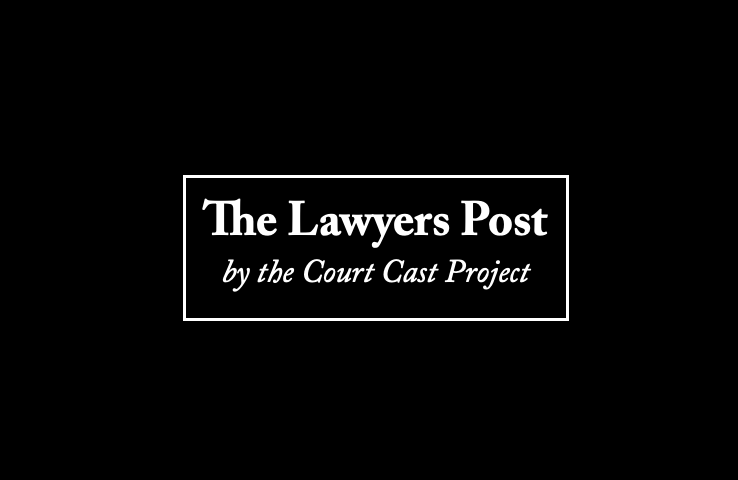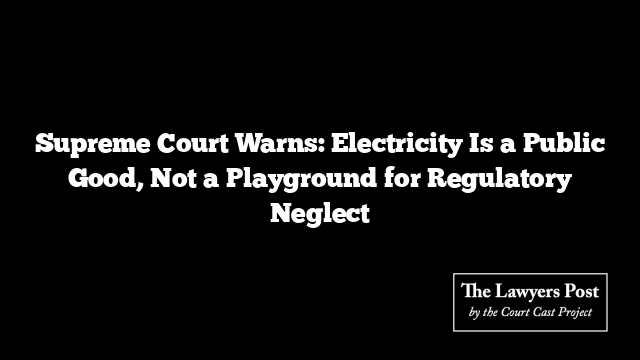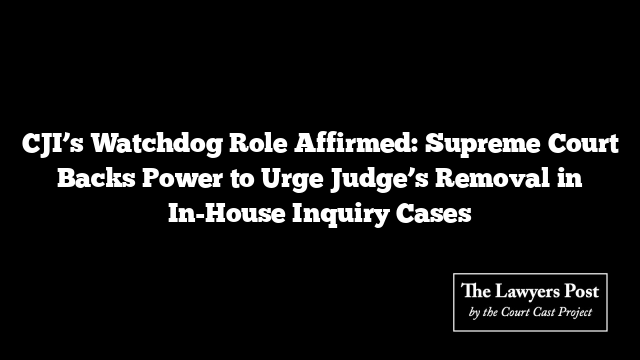The Supreme Court has thrown a sharp spotlight on the nation’s electricity regulators, declaring that power supply isn’t just another commodity—it’s a public good, and regulators must treat it with the seriousness the law demands.
In a ruling aimed squarely at the Electricity Regulatory Commissions (ERCs), the bench of Justices P.S. Narasimha and Sandeep Mehta laid down ten guiding principles, urging the watchdogs of the power sector to act with independence, expertise, and urgency. The Court warned that the unchecked growth of “regulatory assets”—unrecovered costs owed to distribution companies (DISCOMs)—was a red flag for “regulatory failure” that ultimately punishes the consumer.
Among the Court’s emphatic points:
- Electricity’s generation, transmission, and distribution fall under constitutional obligations for equitable and non-exclusive access.
- Regulatory Commissions cannot afford “regulatory capture” or paralysis; their powers must be interpreted broadly enough to avoid any vacuum.
- Tariff determination is their sole province, and the creation of regulatory assets—meant as a short-term governance tool—must be managed and liquidated efficiently.
- Bloated and long-pending regulatory assets not only strain DISCOMs but shift the burden to ordinary citizens.
- The Appellate Tribunal for Electricity (APTEL) has extraordinary powers under Section 121 to issue orders and directions to prevent such failures, and commissions will be held to account.
The backdrop to this stern lecture was a long-standing grievance from Delhi’s DISCOMs, who have been struggling under a crushing ₹27,200.37 crore in unliquidated regulatory assets—some dating back to 2004—thanks to repeated deferrals by the Delhi Electricity Regulatory Commission. Initially meant to cushion consumers from sudden tariff shocks, these deferred costs instead became a financial chokehold, leaving the companies in a cash crisis.
The judgment leaves no doubt: the law on regulatory assets is a “complete code” with built-in checks, balances, and correction mechanisms. The Court’s message to ERCs was blunt—use them, or be prepared to answer for the fallout.





